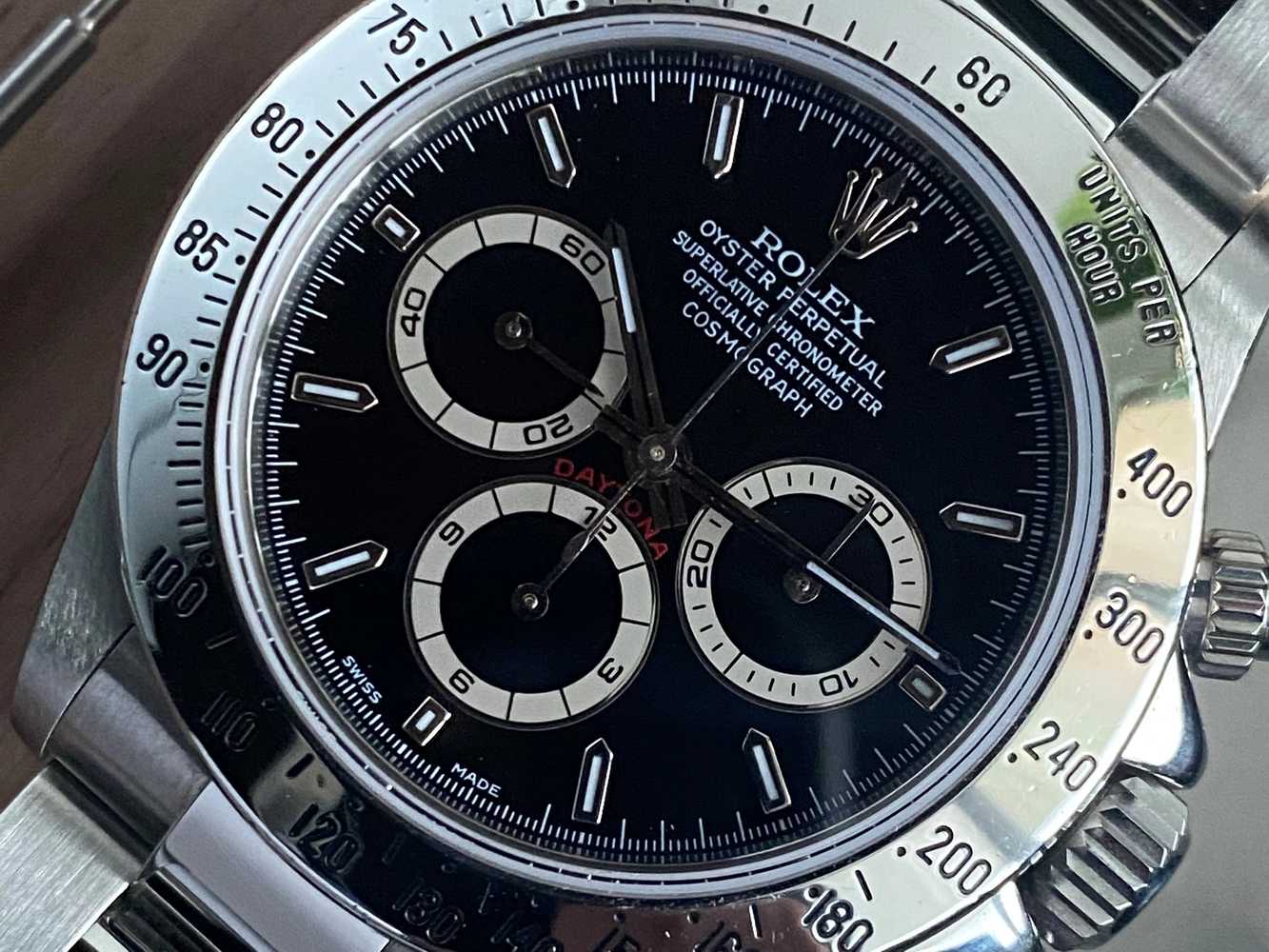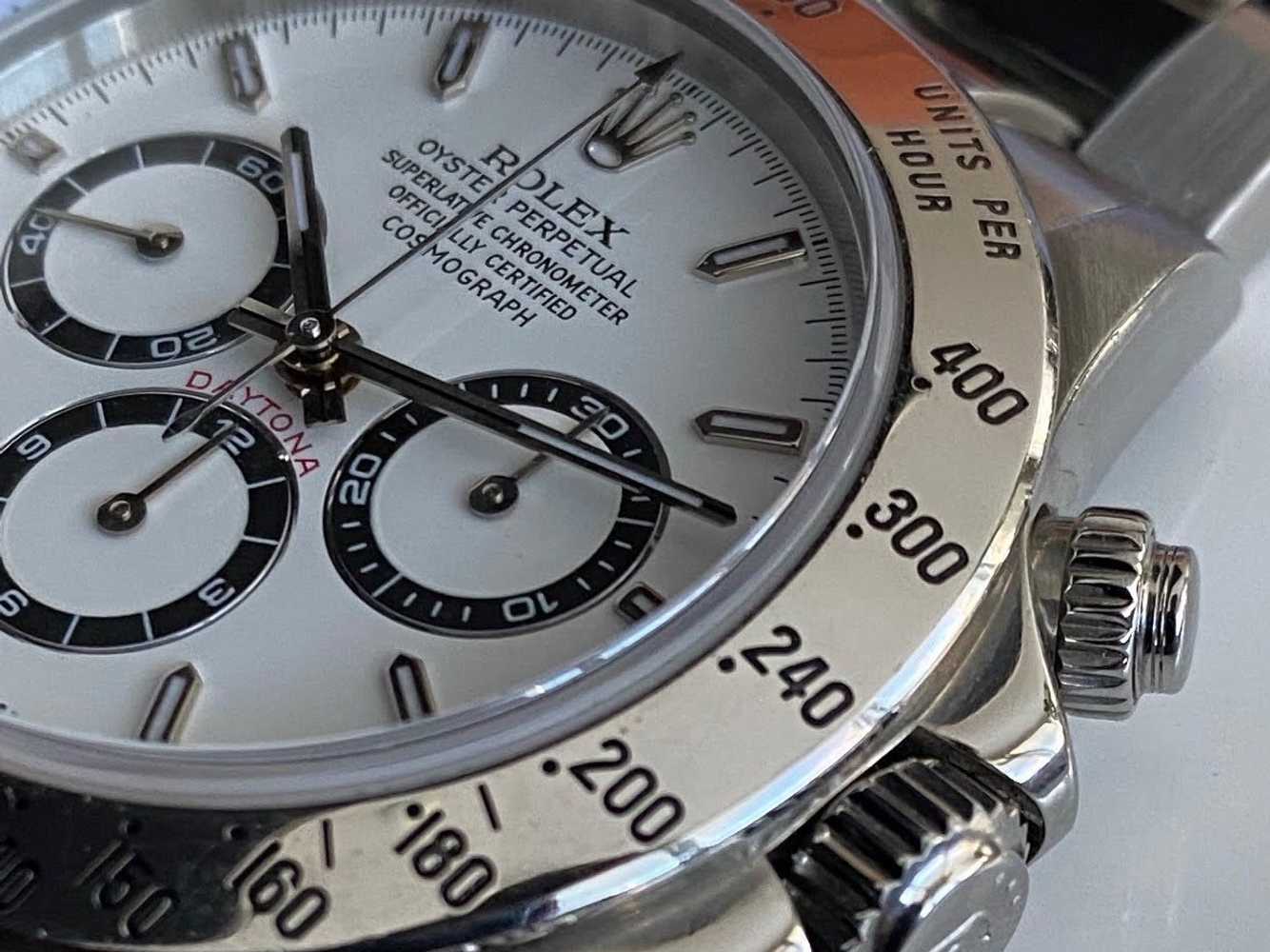
When a man has a world in his hands, you expect to find a Rolex on his wrist.
Reference 16520, the first automatic Rolex Daytona.
In 1988 Rolex introduced an automatic winding Daytona, the reference 16520. With this introduction the Daytona evolved from a functional tool watch to a more modern finished wristwatch sure to make a lasting impression on anyone that looked at it.
In 1988 Rolex introduced an automatic winding Daytona, the reference 16520. With this introduction the Daytona evolved from a functional tool watch to a more modern finished wristwatch sure to make a lasting impression on anyone that looked at it.
It was an instant success, demand was very high and production numbers were limited - sounds familiar right - partly due to the outsourced movement. These Zenith-powered Daytonas were only produced for just a little longer than a decade. The reference 16520 was replaced in 2000 with the reference 116520.
The movement
Powered by the Zenith El Primero class 400 chronograph movement. However this movement actually wasn’t created by Rolex they did heavily modify it. To a point where almost 50% of the movement was modified by Rolex. The movement was named caliber 4030.
The most noticeable changes that Rolex made to the movement:
- The escapement was changed with a larger free spring balance. Leading to higher accuracy.
- Removal of the date function.
- Reducing the balance oscillation rate from 36000 bph to a little slower 28800 bph. Making the movement last longer without a service.

Cosmetics
With the reference 16520 came a couple cosmetic and practical changes from the previous Daytona models. First the introduction of a scratch resistant sapphire crystal protecting the dial instead of the older plexi crystal. Perhaps the biggest change was the increase in case diameter that grew from 37mm to 40mm. The dials also received an upgrade, the surfaces were lacquered and glossy instead of the matte or metallic finish. They also were decorated a little more with applied hour markers. The sub-dials feature a thin outer ring of an contrasting color, with a small metallic outer edge.
These five digit Daytona’s are getting appreciated more and more by collectors

